Spring is almost here! And with it comes the need to have a plan for your garden. Otherwise, spring may catch you unprepared. Here’s a quick and easy step-by-step guide for how to prepare your garden for spring.
Regardless if your dream garden is a flower oasis or a full vegetable garden, here’s what you need to do to prepare.

1. Clean up your garden
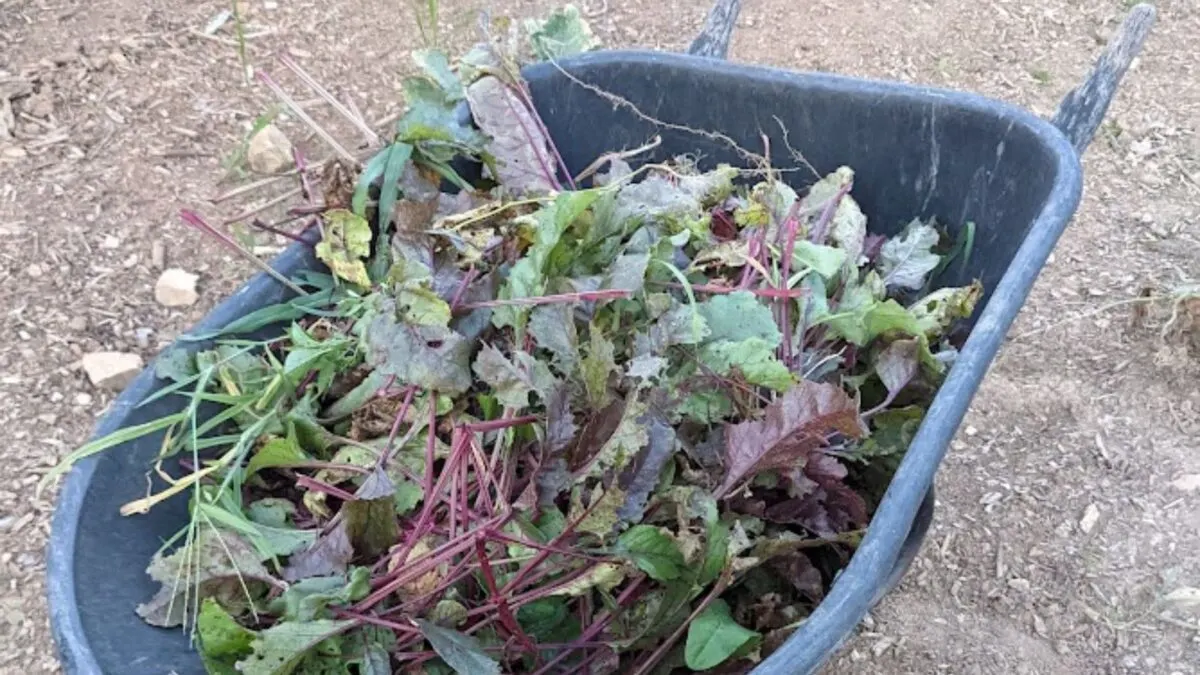
As the weather warms up, you’ll be itching to get out and start digging. Hold off for just a little longer. You need to do a thorough cleanup of the garden.
Start by walking around, breathing in the spring fresh air and just check things out. Pull up a chair, sit in the sun, and figure out where to start! Here are just a few suggestions for cleaning the garden:
- clean up all the winter debris: things like fallen tree branches, sticks, rocks, and whatever else is left over from winter
- clean out the leftover leaves from the fall
- rake off the beds
- pull weeds
- deadhead flowers you left for the birds
2. Prune and trim your plants
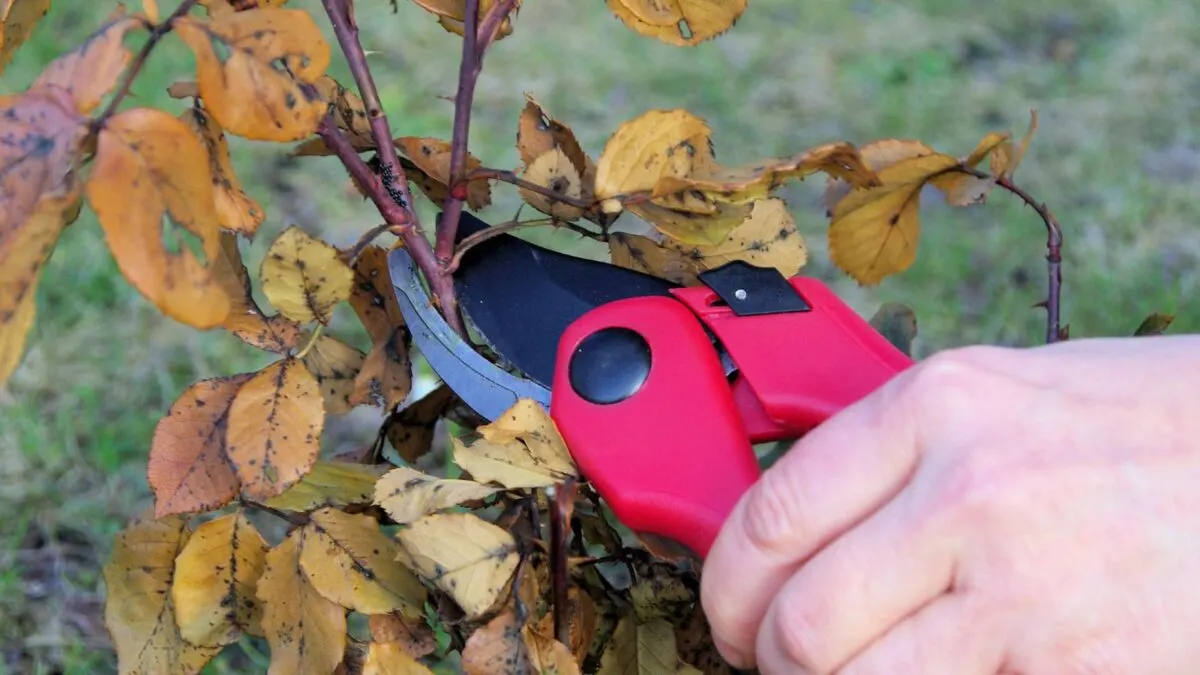
If you have any fruit trees, it’s time to prune them.
Trim your shrubs and your rose bushes.
Do you have grape vines? They need to be pruned, too.
3. Order seeds and bulbs
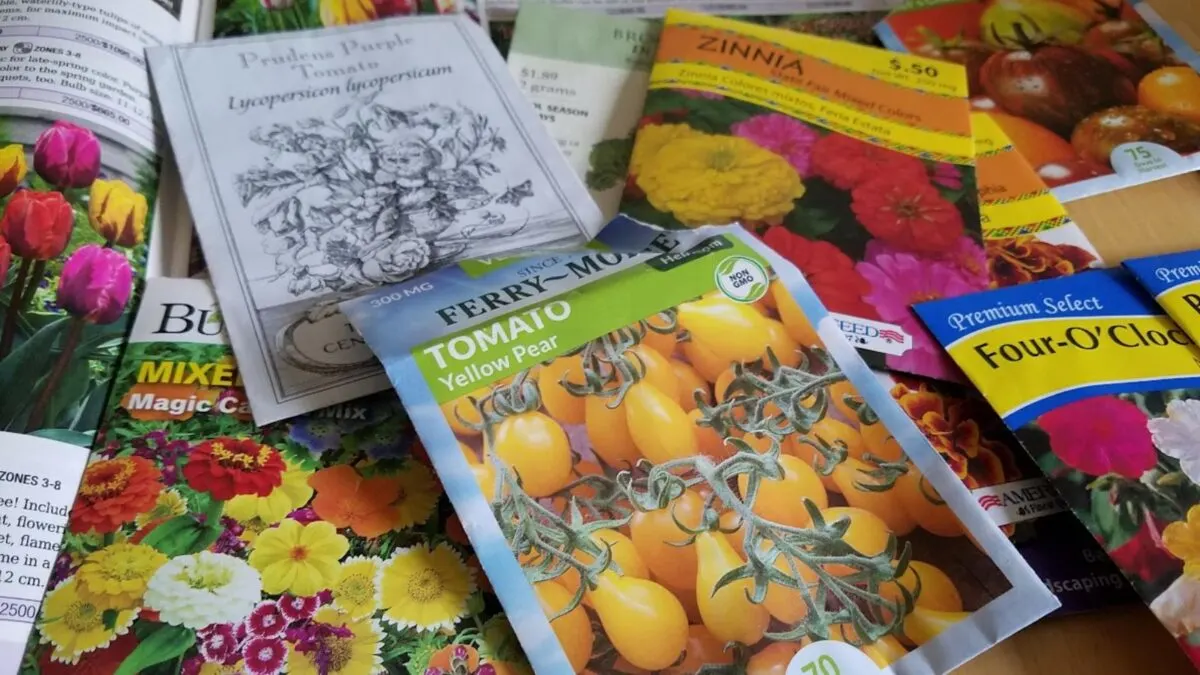
Since you can’t yet get out there and plant anything yet, make a plan. What will you be planting? Does your garden need a bit of moving around? Planning a redesign of your flower beds?
Spend some time in your catalogs and order summer seeds and bulbs.
Get some lily of the valley because it’s beautiful and smells delicious!
4. Prepare garden soil
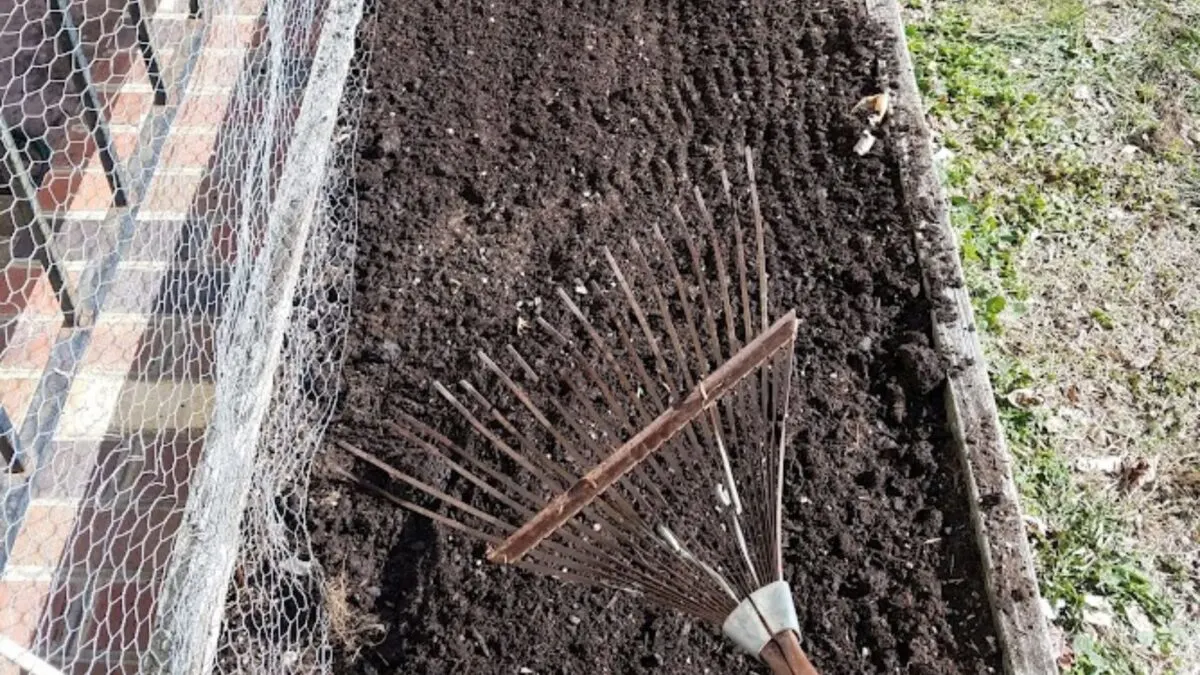
If you haven’t pulled out your veggies at the end of last season, now it’s time to get them out.
Then dig your beds, add some compost (horse manure is good), and mix it with your soil. With the spring rains, the compost will seep deeper into your garden beds and prepare them for a good growing season.
5. Prepare your garden tools
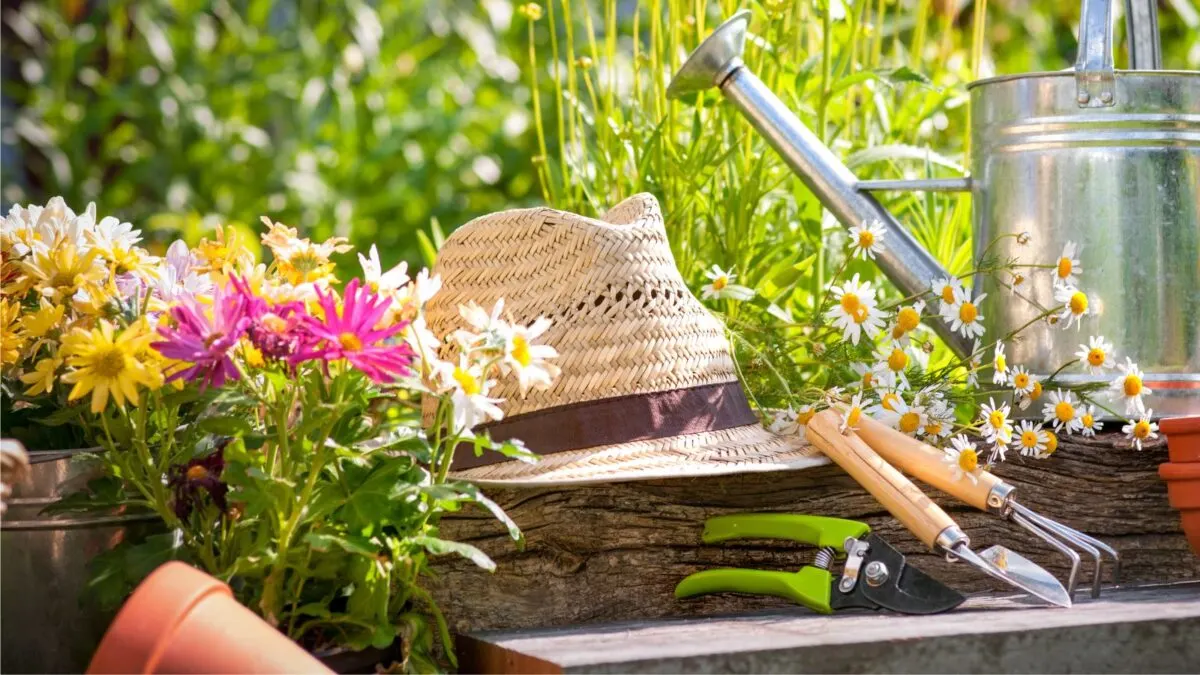
Get your garden tools out of the storage shed, and ensure they are in working condition. Some may need to be sharpened, some may need to be replaced, and some may even be missing.
Make a list of what tools you need for this garden season and take inventory. If you’re missing something, buy it now and be ready.
6. Divide perennials
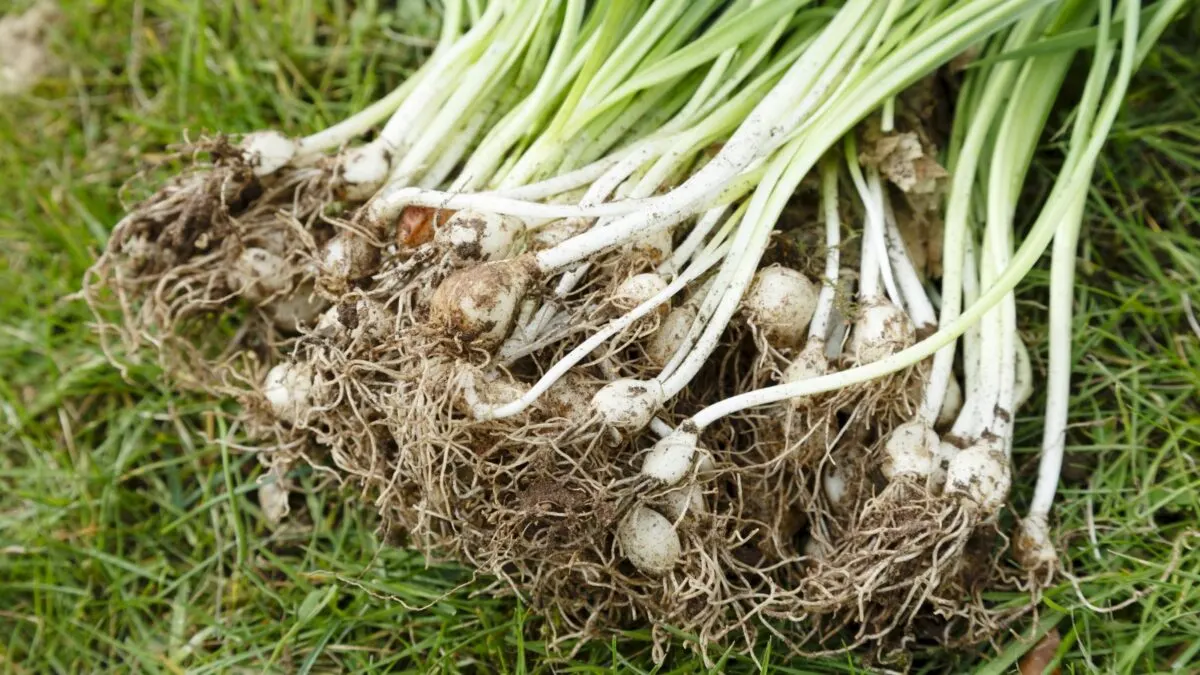
This is the best time to divide your perennials. There are many reasons to divide your perennials: first, you’ll get more of the plants you love.
Other reasons include:
- the soil has lost its nutrients, and your plants are suffering
- weeds made their home in the middle of your perennial’s roots
- blooming has slowed down
7. Plant seeds indoors for plants that need a longer growing season
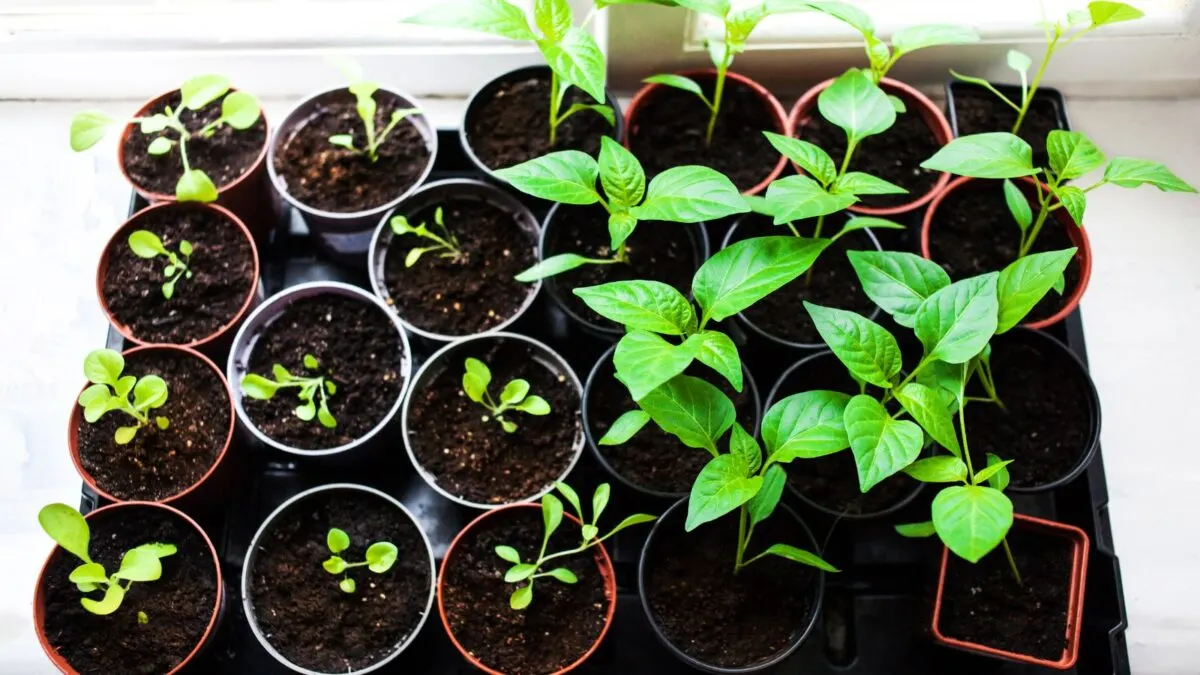
Start your seedlings indoors. This is such a nice treat while you’re still stuck indoors. I start my tomatoes, peppers, and eggplants this way.
You might need to use a heated seedling tray for best results.
8. Prepare your containers for gardening
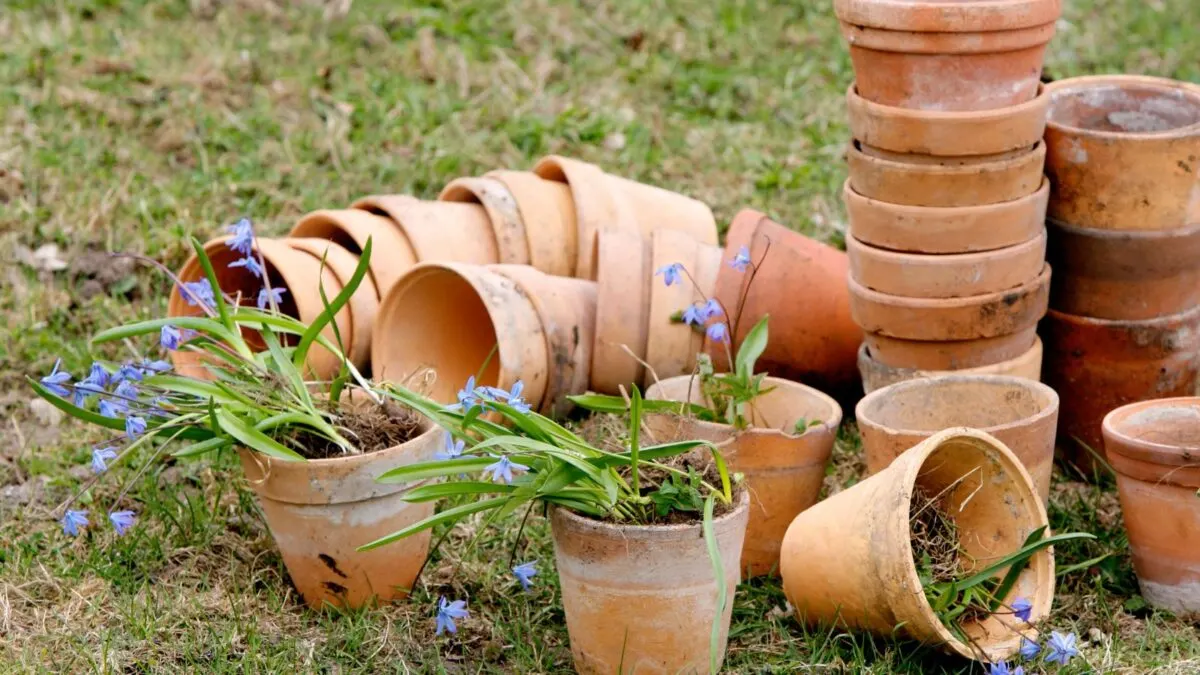
If you grow plants in containers, take some time to clean out your garden pots. Empty last year’s soil and dried roots, and give them a quick wash if needed.
You can also decide what you’ll plant in which container and where you’ll be placing them.
9. Create a garden planting calendar
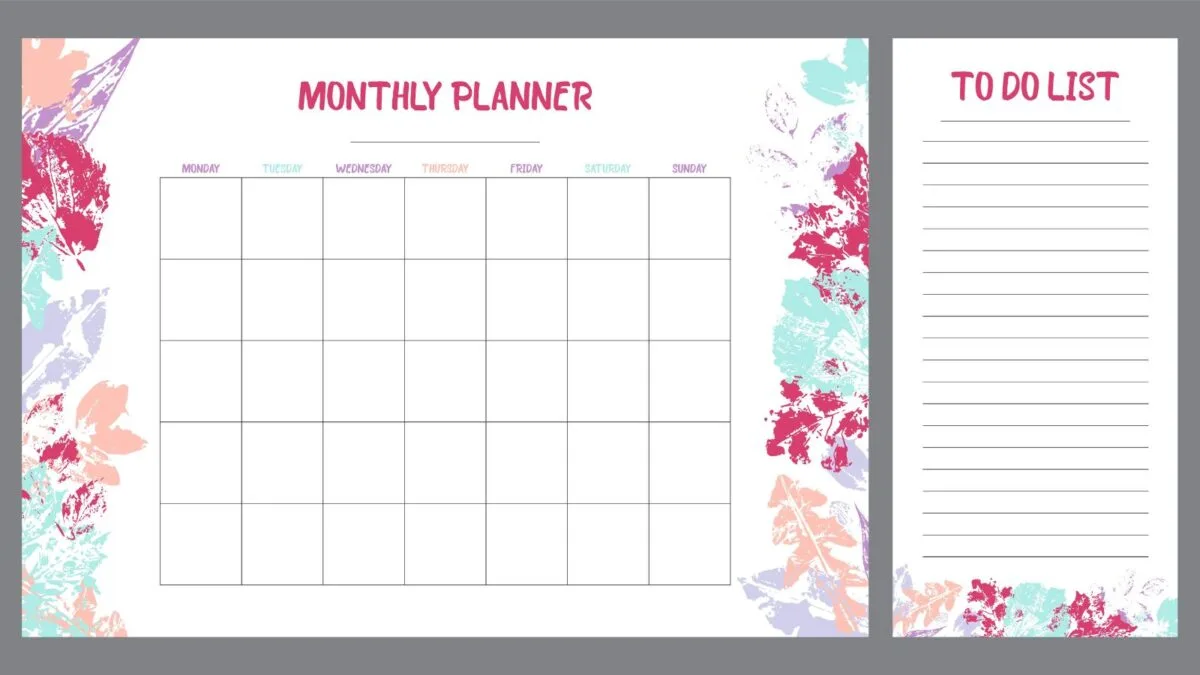
Investing some time now will ensure your garden will be well planned, and you won’t scramble at the last minute to find a plant you want or need.
It will also save you some money if you plan your garden and shop accordingly. And, of course, your garden will be organized and not haphazardly planted at the last minute and without any thought.
Now that you know how to prepare your garden for spring, get out your garden planner and start planning!
Don’t forget to enjoy the first blooms that come up in your yard unexpectedly 😉
11 Yellow Spring Flowers That Will Bring Happiness to Your Yard
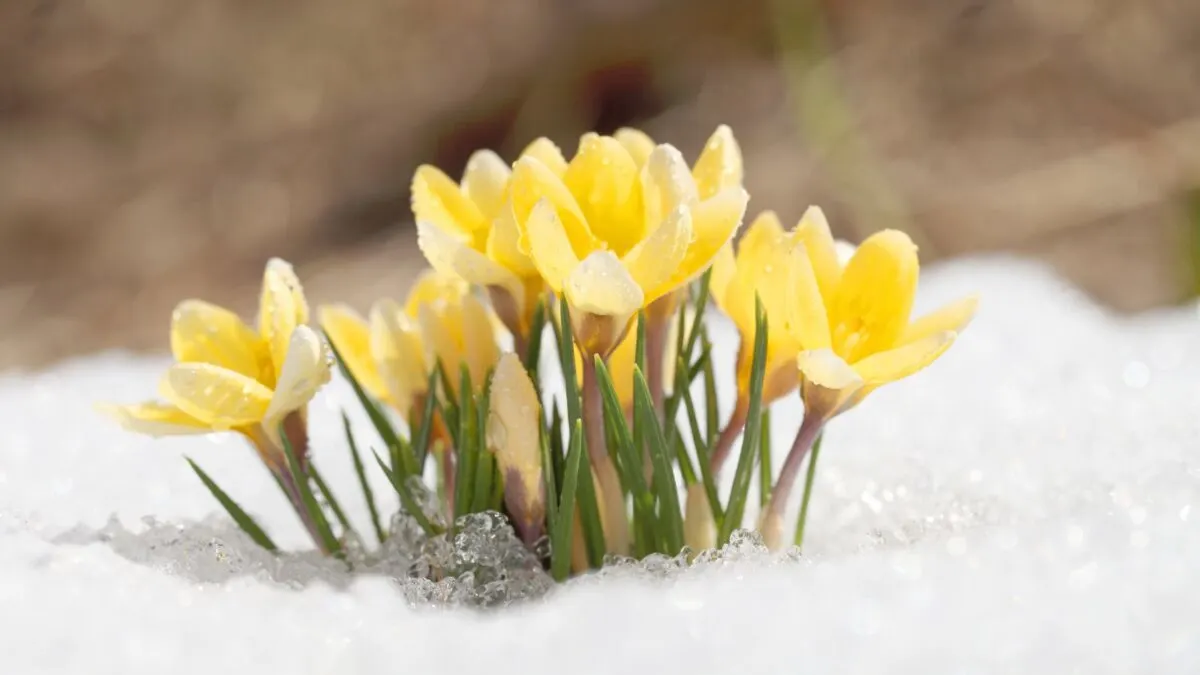
Spring is almost here, and with it, an explosion of color! Here are 11 yellow spring flowers that are sure to cheer you up.
11 Gorgeous Spring Wreath Ideas

Bring spring to your front door with one of these bright, colorful wreaths made of fresh or faux flowers if you want your wreath to last longer.
11 Gorgeous Spring Wreath Ideas.
Winter Sowing – A Simple Guide to Jump-Start Your Seed Planting
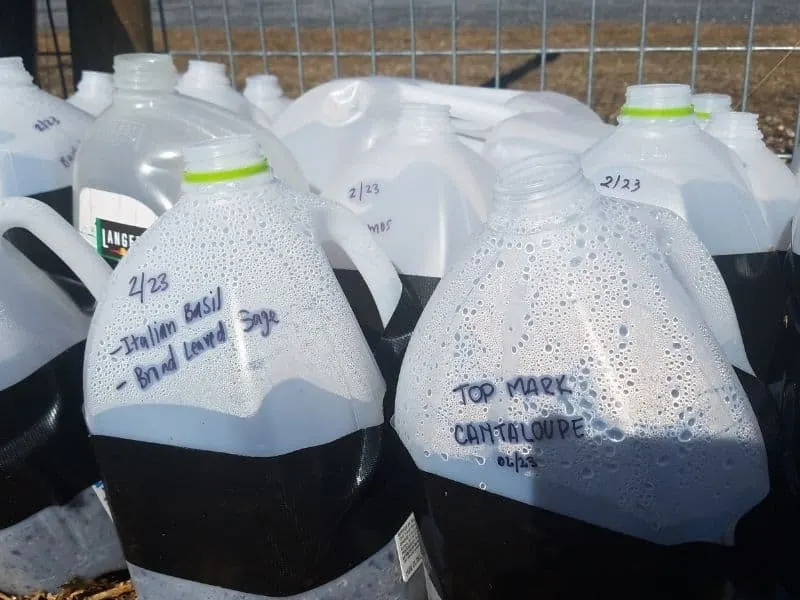
Learn how to jump-start your seeds outdoors without fuss or worry.

Free Spring Flowers Coloring Pages For Kids And Adults
Saturday 11th of March 2023
[…] Get your garden ready for spring […]
7 Easy Vegetables To Grow This Spring
Monday 30th of November 2020
[…] there are many vegetables you can grow in the spring. As long as you’ve prepared the soil and you provide the recommended amount of irrigation, sunlight, and fertilizer, you shouldn’t […]